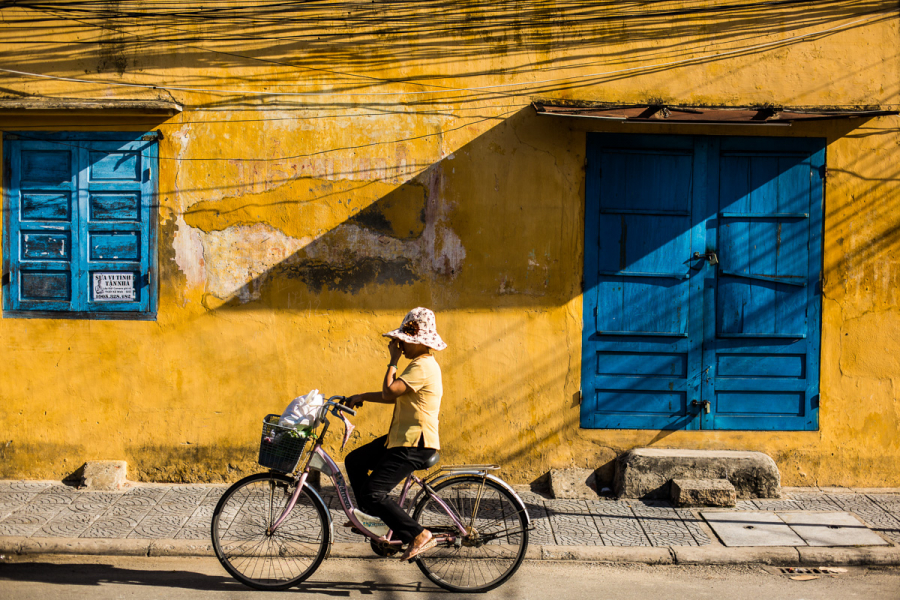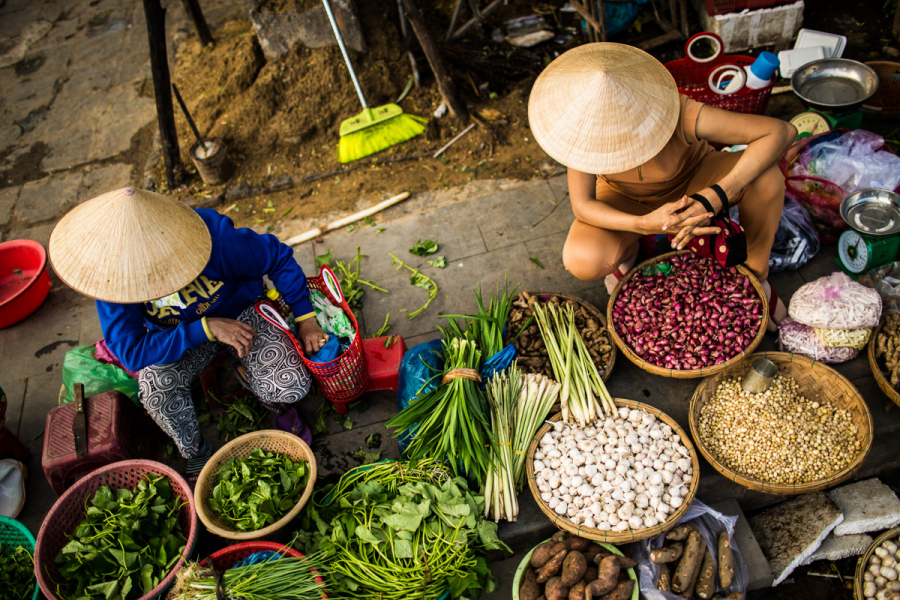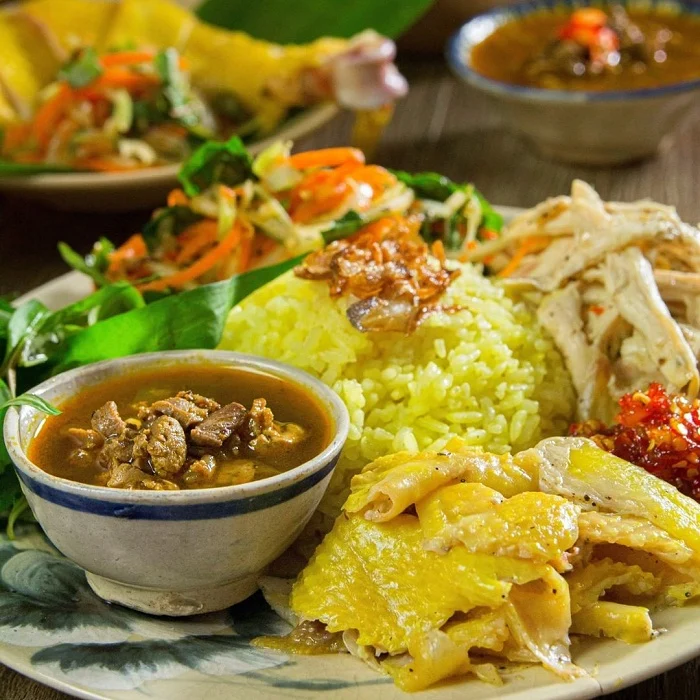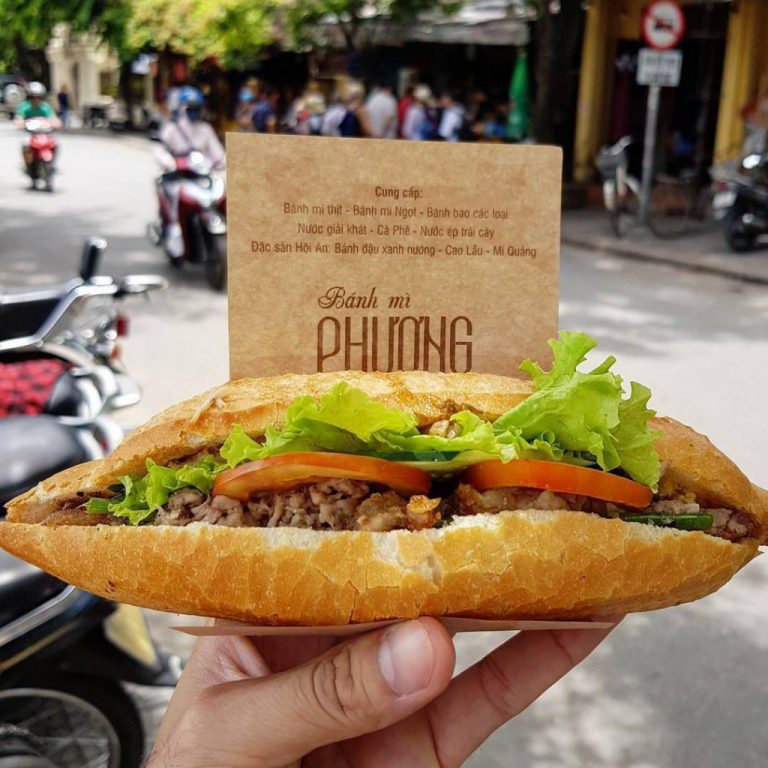Hoi An – Where Time Slows Down Amid Ancient Streets
Hoi An is a place where the bold march of progress slows to a leisurely stroll. This former trading port sits peacefully along the Thu Bon River, where sampans drift past weathered pagodas and crumbling shophouses. Beyond the Old Town, quiet roads wind through rice paddies and lead to a sun-kissed coastline. Stay a few days, and Hoi An’s lantern-lit nights and easygoing charm may quietly steal your heart.
Your journey to Hoi An awaits — let PHM Travel be your trusted companion in discovering this magical town.
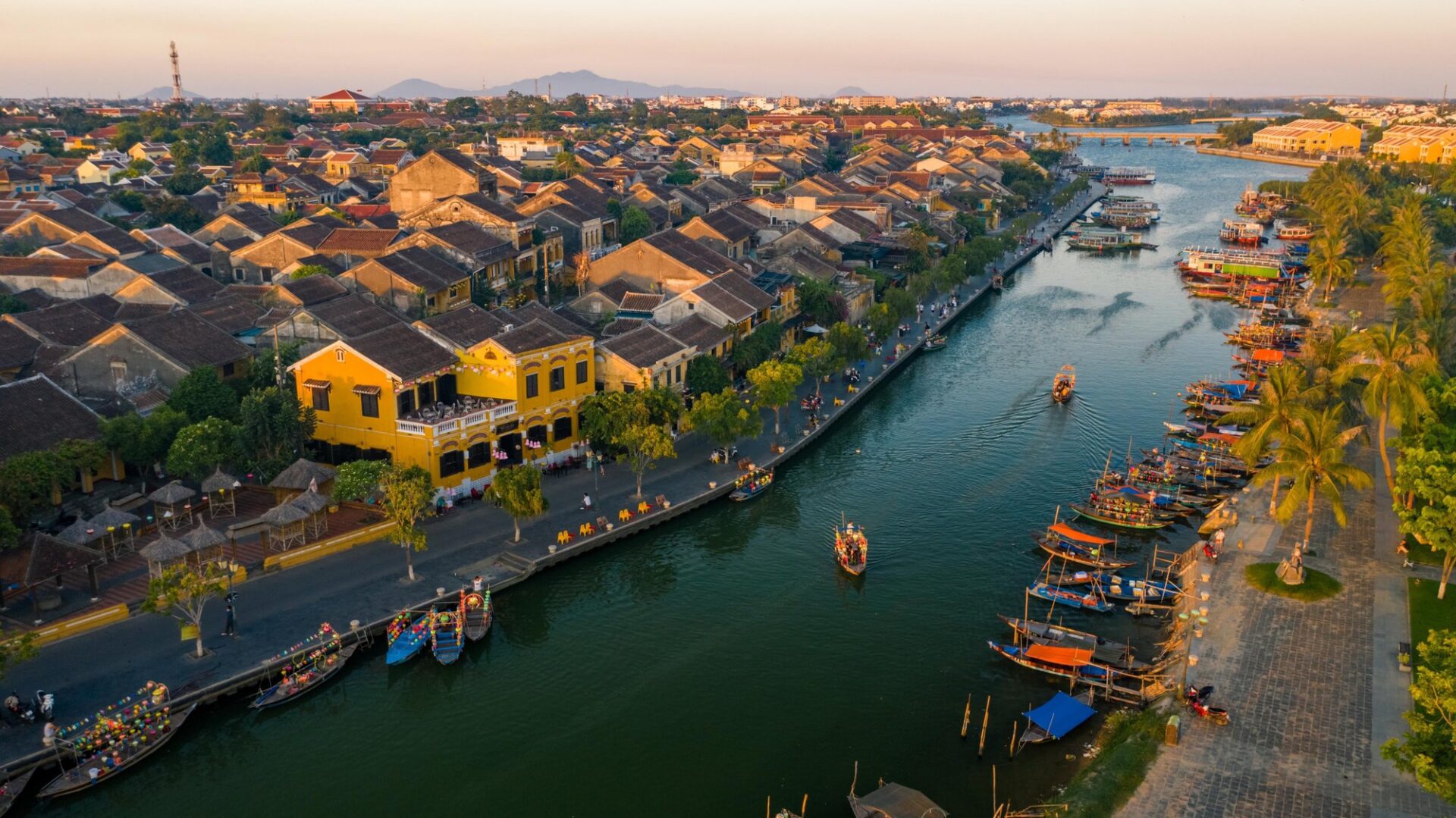
Hoi An Ancient Town – Location, Opening Hours & Entrance Fees
If you’re just looking to take a relaxed stroll through the ancient streets, enjoy local food, or snap some beautiful photos, no entrance fee is required. However, if you wish to explore Hoi An’s cultural monuments and historical buildings, tickets are needed.
Ticket-required sites include:
-
Cultural sites: Quan Cong Temple, Japanese Covered Bridge (Cầu Nhật Bản), and more
-
Ancient houses: Phung Hung Ancient House, Duc An Ancient House
-
Family chapels: Tran Family Chapel, Nguyen Family Chapel
-
Museums: Various museums showcasing Hoi An’s trading history and culture
Tickets also cover:
-
Folk games & street performances: Daily from 7:00 PM – 8:30 PM
-
Traditional art shows: Daily at 10:15 AM and 3:15 PM
Ticket prices:
-
Vietnamese: 80,000 VND/person
-
Foreigners: 120,000 VND/person
Why buy a ticket?
Not only does it grant you access to the heart of Hoi An’s cultural heritage, but your contribution also helps preserve this UNESCO World Heritage Site for future generations.

Top Things to Do in Hoi An
Get Lost in the Ancient Streets
- Step into history as you wander Hoi An’s Old Town, where merchants from China, Japan, and Europe left a mark between the 15th and 19th centuries. Highlights include the Japanese Covered Bridge, Tan Ky Old House, and the Phuc Kien Assembly Hall—perfect for slow strolls and unforgettable photos.
Treat Your Taste Buds
- Hoi An is a food lover’s paradise. Thanks to fresh produce from farms and the sea, its dishes burst with flavor. Must-try local specialties include Cao Lau, Hoanh Thanh, and white rose dumplings.
Cycle Through the Countryside
- Catch the sunrise and pedal through lush rice fields, past grazing water buffalo in Cam Thanh and Tra Que villages. It’s a peaceful escape and a perfect way to explore local life.
Hit the Beach
- Only 10 minutes from the Ancient Town, An Bang Beach offers long sandy stretches, fresh seafood, and gentle waves. For a more pristine experience, hop on a boat to the nearby Cham Islands.
Marvel at My Son Sanctuary
- Located about 40 km from Hoi An, My Son is a UNESCO World Heritage Site filled with centuries-old temples built by the Cham civilization. The atmospheric ruins and forested surroundings are perfect for a half-day trip.
Hoi An Weather: When to Go
-
Best time to visit: March to May (pleasant weather, less rain)
-
Rainy season: October to January (bring a raincoat!)
-
Hot season: June to August (humid, but great for beach lovers)
Getting to Hoi An
-
By Air: Fly into Da Nang International Airport, about 50 minutes away. It has direct connections from major Vietnamese cities and international hubs.
-
By Train or Bus: Travel to Da Nang, then continue to Hoi An by shuttle, bus, or taxi.
-
Getting Around: Walking and cycling are ideal in the Ancient Town. Use taxis or ride-hailing apps for nearby areas. Hotels can arrange private cars for longer day trips.
What to Eat in Hoi An
Bánh Mì Phượng
- Considered the best banh mi in the world, with over 20 filling options and a legendary homemade sauce. Price: 20,000–40,000 VND/loaf.
Cao Lau
- Hoi An’s signature noodle dish—thick noodles, char siu pork, crispy pork skin, and herbs in a flavorful broth. Price: 30,000–60,000 VND.
Mi Quang (Quang Noodles)
- A Central Vietnam favorite—soft rice noodles served with chicken and aromatic broth. Price: 15,000–25,000 VND.
Com Ga (Chicken Rice)
- Sticky yellow rice served with shredded chicken, pickled veggies, and special sauce. A classic Hoi An lunch. Price: ~20,000 VND.
Bánh Xèo (Vietnamese Pancake)
- Crispy pancakes filled with shrimp, pork, and bean sprouts, served with herbs and dipping sauce. Price: 10,000–20,000 VND/serving.
Bánh Đập (Smashed Rice Pancake)
- Crispy rice cracker layered with soft rice paper, topped with stir-fried mussels. Dip in fragrant fish sauce for the full flavor. Price: 15,000–50,000 VND.


 Tiếng Việt
Tiếng Việt